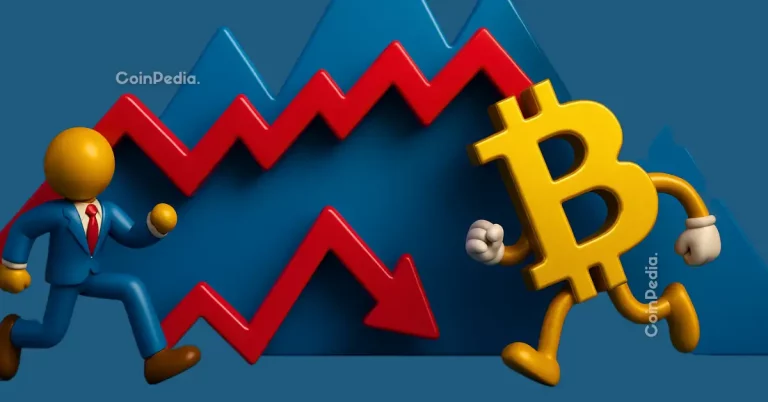
A Glimpse into European Living: Lifestyle Trends to Expect in 2025
European living is known for its unique blend of tradition, culture, and innovation. As we approach 2025, several lifestyle trends are expected to shape the way Europeans live, work, and interact with one another. European living and lifestyle trends are at the forefront of these changes, with a focus on sustainability, technology, and community.
Sustainable Living
One of the most significant trends expected to impact European living in 2025 is sustainable living. With the increasing awareness of climate change and environmental degradation, Europeans are adopting eco-friendly practices and lifestyles. This includes reducing carbon footprints, using renewable energy sources, and promoting circular economies.
For instance, many European cities are investing in green infrastructure, such as parks, green roofs, and urban gardens. These initiatives not only improve air quality and mitigate the urban heat island effect but also provide recreational spaces for residents. Additionally, the use of public transport, cycling, and walking is being encouraged, with many cities implementing bike-sharing schemes and pedestrianized zones.
Technological Advancements
Technology is another area that is expected to significantly impact European living in 2025. The Internet of Things (IoT), artificial intelligence (AI), and blockchain are just a few examples of the innovative technologies that are being integrated into daily life.
For example, smart homes are becoming increasingly popular, with many Europeans adopting smart thermostats, lighting systems, and security cameras. These devices can be controlled remotely, providing residents with greater convenience, energy efficiency, and peace of mind. Furthermore, the use of telemedicine and virtual healthcare services is on the rise, allowing patients to consult with doctors and receive medical care from the comfort of their own homes.
Community and Social Connections
Despite the rise of technology, Europeans are placing a greater emphasis on community and social connections. With the increasing awareness of mental health and wellbeing, people are seeking to build stronger relationships with their neighbors, friends, and family.
This trend is reflected in the growing popularity of community gardens, coworking spaces, and social clubs. These shared spaces provide opportunities for people to come together, share ideas, and build relationships. Moreover, the use of social media and online platforms is being harnessed to connect people with similar interests and passions, fostering a sense of community and belonging.
Conclusion
In conclusion, European living in 2025 is expected to be shaped by several key lifestyle trends, including sustainable living, technological advancements, and community and social connections. As Europeans continue to adapt to the challenges and opportunities of the 21st century, it is likely that these trends will have a profound impact on the way people live, work, and interact with one another.






